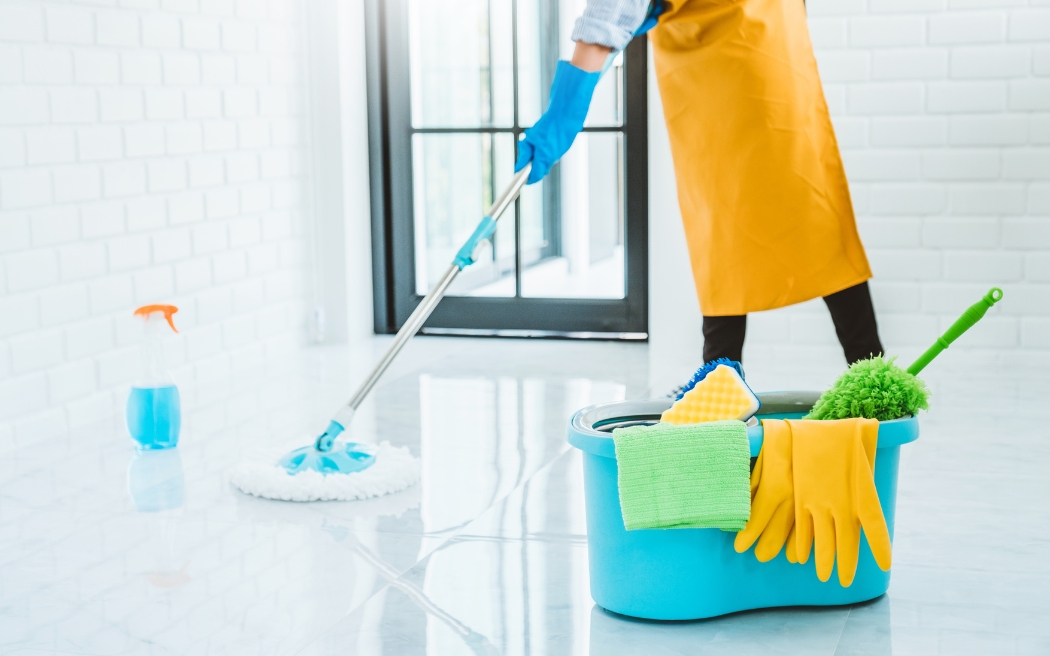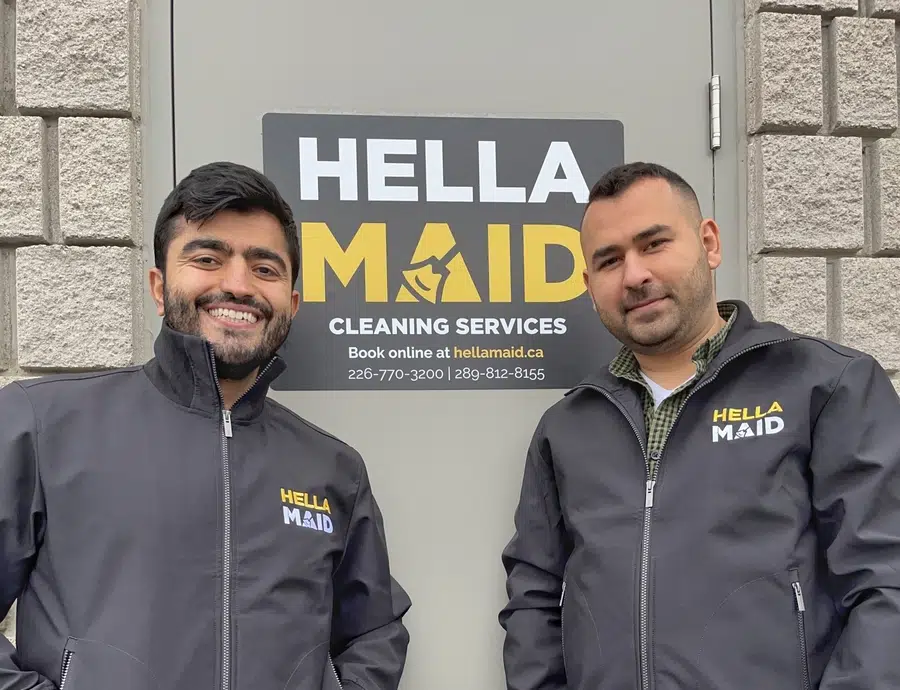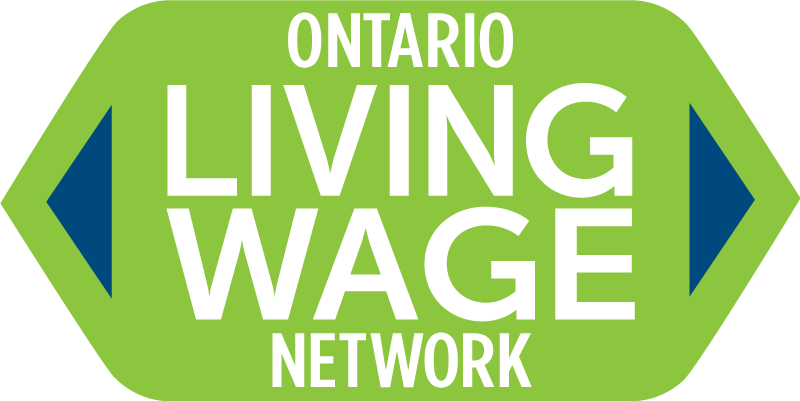When it comes to maintaining a spotless home, one powerful ally in your cleaning arsenal is bleach. Its versatility makes it a popular choice for various cleaning tasks, including tackling grimy floors. In this comprehensive guide, we’ll explore the ins and outs of cleaning floors with bleach, providing you with expert tips and insights for a sparkling clean home.
Understanding the Basics
Before diving into the nitty-gritty of cleaning floors with bleach, it’s crucial to understand the basics. Bleach is a potent disinfectant that effectively kills bacteria, viruses, and mold. It’s commonly used in laundry, kitchen, and bathroom cleaning but can also be a game-changer for your floors.
Choosing the Right Bleach
Not all bleaches are created equal, and selecting the right one is key to achieving optimal results. When cleaning floors, opt for regular bleach, avoiding highly concentrated or scented varieties. Always check the product label to ensure it’s suitable for the type of flooring you have.
Selecting the appropriate bleach brand and product is crucial to ensure effective cleaning without causing damage to your floors. One highly recommended bleach product for floor cleaning is Clorox Regular Bleach. Known for its quality and reliability, cleaning using Clorox Regular Bleach can be safely used on various flooring types.
Preparing Your Cleaning Solution
To create an effective bleach cleaning solution for your floors, follow these simple steps:
Ingredients
- 1 cup of bleach
- 1 gallon of water
Procedure
- In a bucket, combine one cup of bleach with one gallon of water.
- Stir the mixture thoroughly to ensure even distribution.
- For stubborn stains, you can increase the bleach concentration slightly, but be cautious not to damage your flooring.
Safety Measures
Bleach is a potent chemical, and safety should be a top priority. When working with bleach, always wear protective gear, including gloves and eye protection. Ensure proper ventilation by opening windows and doors to prevent inhalation of fumes.
Best Practices for Different Flooring Types with Bleach
1. Cleaning Ceramic and Porcelain Tiles
- Sweep or vacuum the floor to remove loose dirt and debris.
- Apply the bleach solution with a mop or cloth, focusing on heavily soiled areas.
- Allow the solution to sit for 5-10 minutes before scrubbing with a brush.
- Rinse thoroughly with water to remove any residue.
2. Cleaning Vinyl Flooring
- Sweep or vacuum to remove dust and dirt.
- Mix the bleach solution and apply it using a damp mop.
- Gently scrub stains with a soft brush.
- Rinse the floor thoroughly to eliminate any bleach residue.
3. Cleaning Hardwood Floors
- Exercise caution with hardwood, as bleach can damage the finish.
- Dilute the bleach solution further – one-fourth cup of bleach per gallon of water.
- Lightly dampen a cloth or mop and clean the floor.
- Immediately wipe the floor with a clean, damp cloth to remove any residual bleach.
4. Cleaning Laminated Flooring
- Avoid using bleach on laminate floors whenever possible, as it can cause discoloration.
- If necessary, use a very diluted bleach solution and test it in an inconspicuous area first.
- Wipe the floor with a damp cloth to remove any bleach residue.
Type of Floors Not Suitable for Bleach Cleaning
While bleach is a powerful cleaning agent, it’s essential to recognize that not all flooring types are compatible with this chemical. Certain floors are prone to discoloration, damage, or loss of finish when exposed to bleach. Here’s a quick guide to floors that aren’t suitable for cleaning with bleach:
1. Natural Stone Floors
Avoid using bleach on natural stone floors such as marble, granite, or limestone, as it can cause etching, discoloration, and compromise the stone’s integrity.
2. Carpeted Floors
Bleach is not recommended for cleaning carpets, as it can strip away color, weaken fibers, and leave unsightly patches. Instead, opt for carpet-specific cleaners.
3. Rubber Flooring
Bleach may deteriorate the composition of rubber flooring, leading to cracks and loss of elasticity. Choose alternative cleaning solutions suitable for rubber surfaces.
4. Unfinished or Waxed Wood Floors
Bleach can damage the finish on wood floors, particularly unfinished or waxed varieties. Exercise caution and explore wood-friendly cleaning alternatives.
Tips and Tricks for Effective Bleach Floor Cleaning
- Before applying the bleach solution to the entire floor, test it in a small, inconspicuous area to ensure it won’t cause discoloration or damage.
- Ensure proper ventilation in the cleaning area by opening windows and doors. This minimizes the inhalation of bleach fumes and provides a safer cleaning environment.
- Mixing bleach with other cleaning products, especially those containing ammonia, can produce toxic fumes. Stick to using bleach on its own for optimal safety.
- Always wear gloves and eye protection when handling bleach. In case of accidental contact with skin or eyes, rinse immediately with plenty of water.
- After cleaning, rinse the floor thoroughly with water to remove any bleach residue. Residual bleach can be slippery and may damage the flooring over time.
Common Cleaning Mistakes to Avoid when Using Bleach
While bleach is a potent cleaner, using it improperly can lead to undesirable outcomes and even pose health risks. Here are common cleaning mistakes to steer clear of when incorporating bleach into your floor cleaning routine:
- Resist the temptation to use excessive amounts of bleach, as this can lead to damage, discoloration, and may not enhance cleaning efficacy. Stick to recommended dilution ratios.
- Failing to ensure proper ventilation during cleaning can result in inhaling harmful fumes. Always open windows and doors to promote air circulation while cleaning.
- Combining bleach with other cleaning products, especially those containing ammonia or acids, can produce toxic fumes. Stick to using bleach on its own to avoid chemical reactions.
- Always prioritize safety by wearing protective gear, including gloves and eye protection. Direct contact with bleach can lead to skin and eye irritation.
- Neglecting to rinse the floor thoroughly after using bleach can leave behind residue, which may lead to slippery surfaces and long-term damage to the flooring material.
- Understand the limitations of bleach and avoid using it on surfaces such as natural stone, carpets, rubber, and unfinished or waxed wood floors. Always follow manufacturer guidelines.
Incorporating bleach into your floor cleaning routine can be a game-changer for maintaining a pristine home environment. By following the guidelines and safety measures outlined in this comprehensive guide, you’ll be well on your way to achieving spotless, disinfected floors that contribute to a healthy and inviting living space. Remember to choose the right bleach, prepare the solution carefully, and tailor your approach based on the type of flooring you have. With these expert tips and best practices, you’ll master the art of cleaning floors with bleach, ensuring a sparkling home for years to come.





























